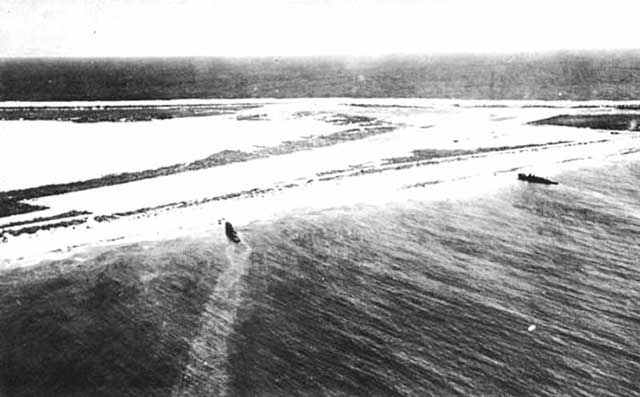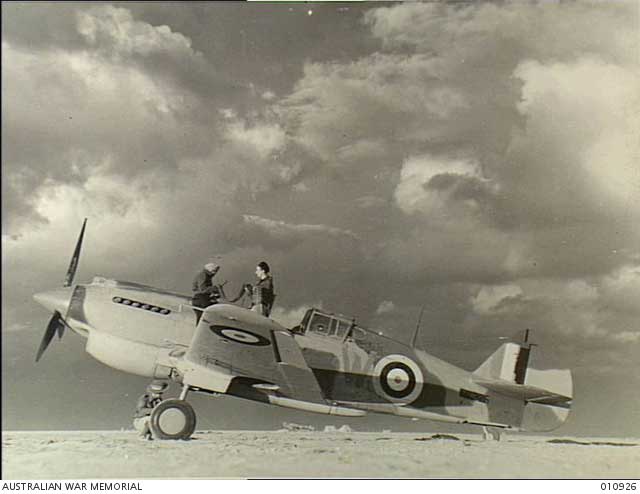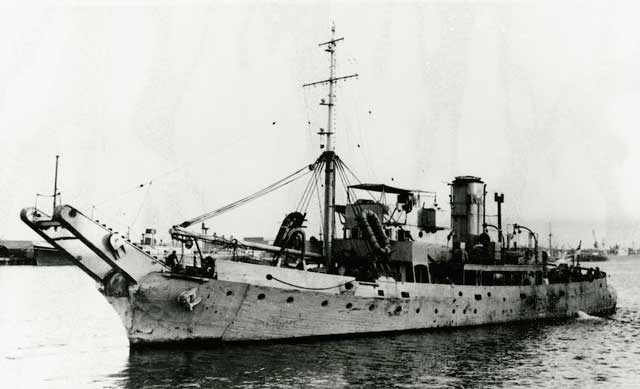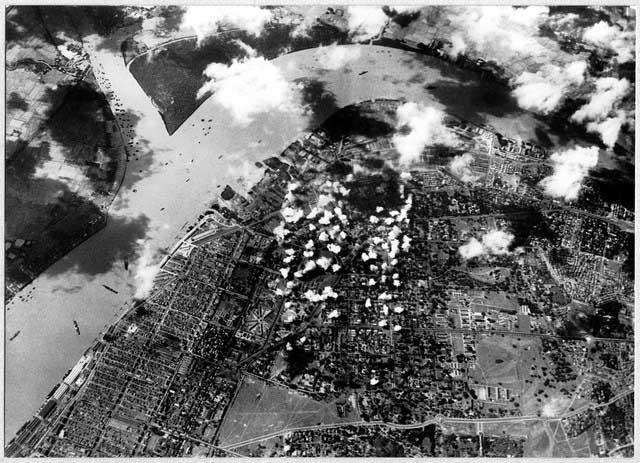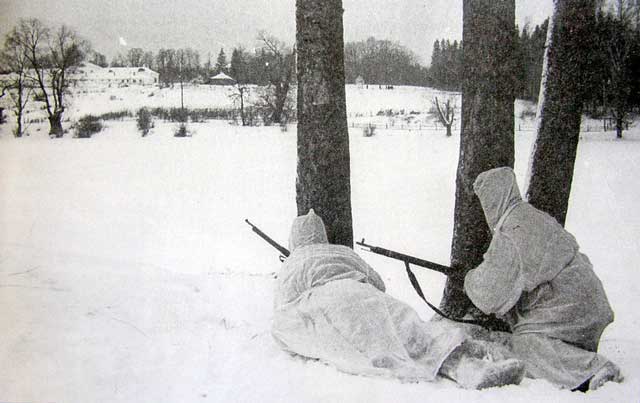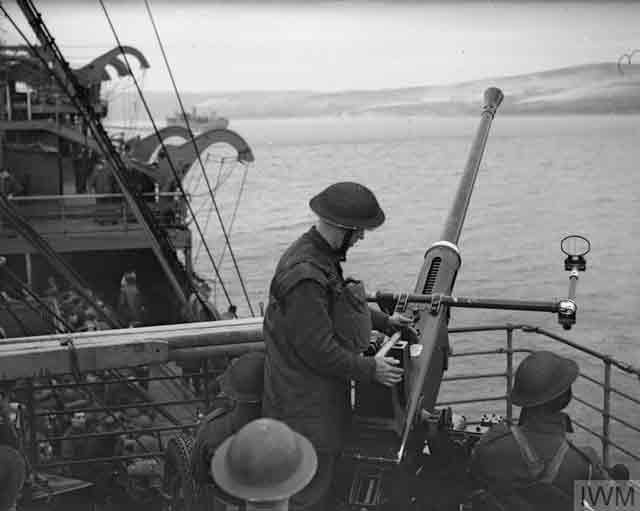Friday 20 February 1942
In Portuguese Timor, about 1500 troops of the Japanese 228th Regimental Group, 38th Division, XVI Army, continue their landings at Dili. Resistance is spotty, with some areas such as the airport fiercely defended by Australian commandos while others are abandoned. The Australian defenders are heavily outnumbered and retreat to the south and the ease toward the mountains. About 200 Dutch East Indies troops head southwest toward the border with Dutch Timor.
 |
| Edward O'Hare, seen during a subsequent ticker-tape parade, becomes an ace-in-a-day on 20 February 1942 by shooting down five Japanese bombers (AP Photo). |
In the Philippines, Japanese artillery bombardment intensifies on fortified islands still held by the Allies in and near Manila Bay. US Navy submarine USS Swordfish departs from the Philippines with President Manuel Quezon, Vice President Sergio Osmea, their families, and other top government officials. Their first stop is Mindanao, where Quezon wants to stop in order to remain in the country that he governs. General MacArthur, the leader of Allied forces in the Philippines, orders that troops keep a close eye on Quezon to make sure that he does not attempt to make a separate peace with the Japanese. Since MacArthur, who is a Field Marshal in the Philippine Army, relies on Philippine troops to man the Main Line of Resistance (MLR) on the Bataan Peninsula, that would be a catastrophic development and almost certainly lead to a quick defeat. Whether or not Quezon's departure has an effect on morale remains to be seen.
 |
| The San Diego (California) Tribune-Sun of 20 February 1942 notes that United States citizens of Japanese descent are subject to internment pursuant to President Roosevelt's new Executive Order 9066. |
Japanese aircraft of the Tainan Kokutai strafe Singosari Airfield on East Java. They destroy numerous aircraft on the ground, including B-17E 41-2455, B-17E 41-2484, B-17E 41-2488, B-17E 41-2478, and B-17E 41-2498. Other Japanese bombers damage 4991-ton Dutch freighter Jalakrishna and sink 983-ton Dutch freighter Tobelo at Kupang. Japanese submarine I-65 torpedoes and sinks 5280-ton freighter Bhima in the Indian Ocean southwest of India, with all 70 people on board surviving. Japanese bombers sink 4068-ton Australian freighter Koolama off Wyndham, West Australia.
European Air Operations: Activities on both sides are relatively quiet day due to weather conditions. There are no major operations.
 |
| A Mitsubishi G4M “Betty” medium bomber photographed from the flight deck of USS Lexington, 20 February 1942. (U.S. Navy). |
U-129 (Kptlt. Asmus Nicolai Clausen), on its fourth patrol out of Lorient, torpedoes and sinks unescorted 2,400-ton Norwegian freighter Nordvangen near Trinidad. The ship sinks quickly and all 24 men aboard perish. An empty lifeboat washes ashore on Trinidad on 6 March.
 |
| SS Nordvangen, sunk by U-129 on 20 February 1942. |
Italian submarine Luigi Torelli torpedoes and sinks British 7224-ton freighter Scottish Star while the freighter is en route from London to Buenos Aires. Some sources place this sinking on 19 February 1942. There are four deaths and 69 survivors.
German 1025-ton freighter Jason hits a mine and sinks near Calais.
 |
| SS Delplata, sunk on 20 February 1942. |
US/Soviet Relations: The United States offers the USSR a $1 billion loan.
US/Vichy France Relations: The US Ambassador to Vichy France, Admiral William D. Leahy, requests that he be recalled to the United States "for consultations." Leahy is concerned about a growing hardline Vichy French attitude against the United States. This request will be denied.
Portuguese/Japanese Relations: Portugal protests to the Japanese government over its seizure of Portuguese Timor and the airfield at Dili. Portugal is a neutral nation.
 |
| Scottish Star (previously the Millais), sunk by Italian submarine Luigi Torelli on 20 February 1942. |
The USAAF Fifth Air Force moves the A-24s of the air echelon of the 17th Bombardment Squadron, 27th Bomber Group, from Brisbane to Batchelor. The 22nd Bombardment Squadron B-17s complete a move from Fiji to Townsville.
Australian Military: Following the devastating Japanese air raid on the port of Darwin, the Allies abandon it as a naval base. The airfields remain operational.
 |
| The Paducah (Texas) Post notes large numbers of men being taken into the US military. Similar headlines play out all across the country. |
Future History: Philip Anthony Esposito is born in Sault Ste. Marie, Ontario, Canada. Esposito develops an early interest in hockey and signs with the Chicago Black Hawks of the National Hockey League as a teenager. He is an immediate success in a junior league, scoring 12 points (goals and assists) in one playoff game and averaging 3.3 points per game. After three years in the junior leagues, the Black Hawks bring Esposito up to the parent club during the 1964 season. Centering for Bobby Hull, another NHL star, Esposito is among the league scoring leaders for the next three years. In 1967, the Black Hawks trade Esposito to the Boston Bruins. Esposito goes on to become one of the greatest scorers in NHL history. Among his other accomplishments is becoming the first NHL player in history to score 100 points in 1969 and leads the league in goals for six straight years. He leads the Bruins to Stanley Cup Championships in 1970 and 1972. Esposito later plays for the New York Rangers and becomes its captain. Esposito retires in 1981 and goes into Rangers management, then is elected into the Hockey Hall of Fame in 1984. As of this writing, Phil Esposito serves as a radio color commentator for the Tampa Bay NHL franchise.
Addison Mitchell McConnell Jr. is born in Sheffield Alabama. His family moves to Georgia, then Louisville, Kentucky when Mitch McConnell is eight years old. After graduating from the University of Louisville, McConnell interns for Senator John Sherman Cooper in 1964. After law school, he enlists in the U.S. Army Reserve as a private. However, he is deemed medically unfit later in the year and honorably discharged. McConnell continues his political development and is elected as Jefferson County Judge/Executive in 1977 and to the United States Senate in 1984. As of this writing, Mitch McConnell is the Senate Majority Leader.
 |
| The 20 February 1942 Daily News focuses on the cabinet shifts in Great Britain. |
February 1942
February 1, 1942: The US Navy Strikes Back
February 2, 1942: Germans Recovering in Russia
February 3, 1942: Japanese Shell and Bomb Singapore
February 4, 1942: Battle of Makassar Strait
February 5, 1942: Empress of Asia Sunk
February 6, 1942: The Christmas Island Body
February 7, 1942: The Double-V Campaign
February 8, 1942: Japan Invades Singapore
February 9, 1942: French Liner Normandie Capsizes
February 10, 1942: US Car Production Ends
February 11, 1942: Tomforce Fails on Singapore
February 12, 1942: The Channel Dash
February 13, 1942: Japanese Paratroopers In Action
February 14, 1942: RAF Orders Terror Raids
February 15, 1942: Japan Takes Singapore
February 17, 1942: Indian Troops Defect to Japanese
February 18, 1942: Battle of Badung Strait
February 19, 1942: FDR Authorizes Internment Camps
February 20, 1942: O'Hare the Hero
February 21, 1942: Crisis in Burma
February 22, 1942: Bomber Harris Takes Over
February 23, 1942: Bombardment of Ellwood, California
February 24, 1942: US Raid on Wake Island
February 25, 1942: Battle of Los Angeles
February 26, 1942: Gneisenau Eliminated
February 27, 1942: Battle of Java Sea
February 28, 1942: Battle of Sunda Strait
2020





